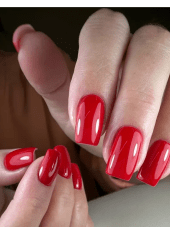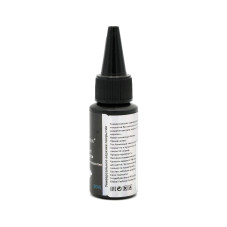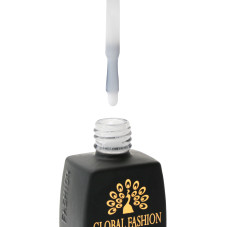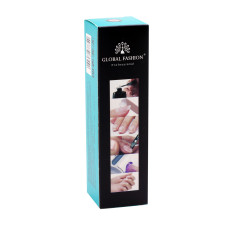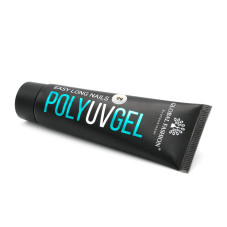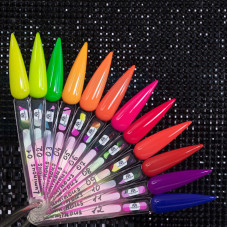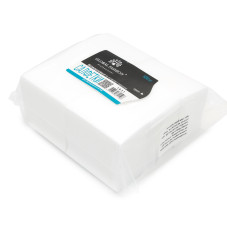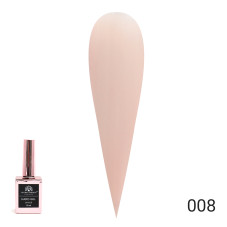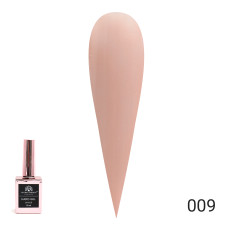Airbrushing
1 bought
NEW
ID: 24528
Free delivery +
21 023 ֏
6751 bought
ID: 3678
1 308 ֏
3364 bought
ID: 3688
2 336 ֏
2343 bought
ID: 1863
1 553 ֏
-5%
2042 bought
ID: 12194
1 331 ֏
-5%
1501 bought
ID: 11773
934 ֏
1766 bought
ID: 12137
841 ֏
-10%
405 bought
ID: 18149
874 ֏
-15%
255 bought
ID: 15998
874 ֏
-15%
239 bought
ID: 11599
1 390 ֏
-15%
240 bought
ID: 2190
993 ֏
-15%
196 bought
ID: 11951
934 ֏
-20%
Airbrushing: The Art of Precision and Detail Airbrushing is a technique of painting using an airbrush, a tool that sprays paint onto a surface at a controlled and precise rate. Known for creating impeccable and exact results, airbrushing has become an important tool in various industries such as automotive, makeup, and fine arts. Originally, airbrushing was used primarily for retouching photos and drawings to remove blemishes and blend colors smoothly. However, in recent years it has started to gain popularity in a wide range of venues. Automotive airbrushing has become increasingly popular, especially in the customization of vehicles, such as motorcycles and cars. It allows for stunning and unique design work that is sure to turn heads. Airbrushing is also a method used in makeup artistry for achieving flawless coverage and creating special effects, making it a go-to tool for television, film, and theatre productions. In terms of fine arts, airbrushing is typically used for drawing portraits, capturing intricate details and shading techniques that would be difficult to achieve with traditional painting methods. Airbrushing can allow artists to manipulate the opacity of the paint, providing smooth blends and accurate colors. This is especially useful when creating large-scale murals or signage. One of the most significant advantages of airbrushing is its versatility. It can be used on a broad range of surfaces, including paper, canvas, fabrics, and metal. Additionally, airbrushing is a quicker and more efficient method compared to traditional painting techniques. Since airbrushing paints are atomized, they can be directed into small areas of a surface or large scale patterns, delivering sharp and precise designs. However, airbrushing also has its drawbacks. It requires a lot of skill and practice to master since the airbrush is a complicated tool that requires proper calibration, paint flow, and pressure control. Additionally, airbrush paints are typically more expensive than traditional paints, and the process may not be suitable for certain types of art. In conclusion, airbrushing is a versatile tool that offers accuracy in design, making it ideal for any artist or industry that requires precision and attention to detail. With its innovation and expanding popularity, airbrushing will continue to play an essential role in various creative fields.












